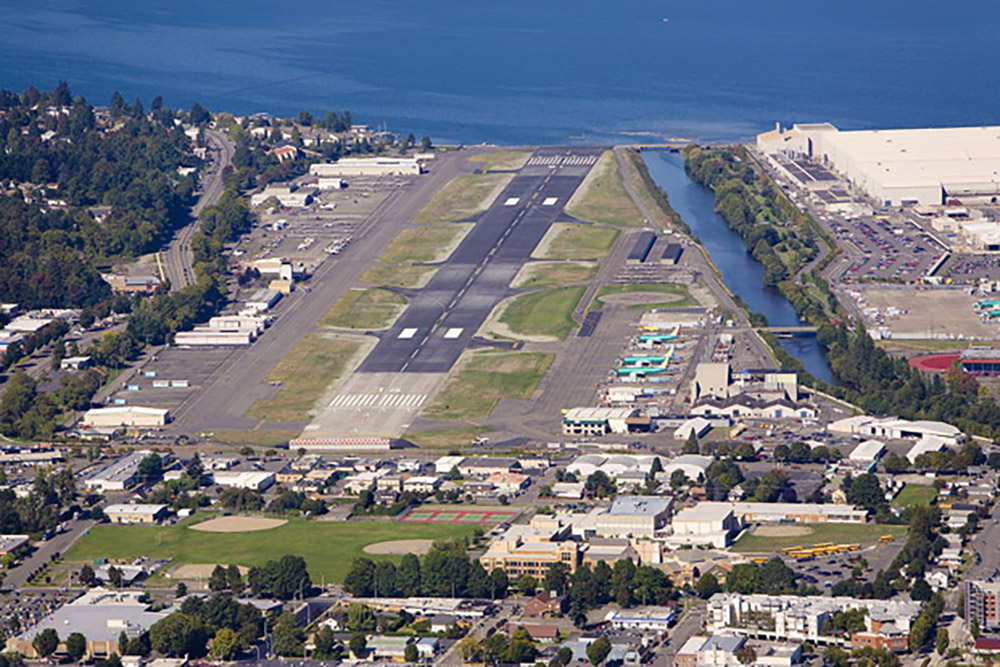Taxiway rehabilitation is currently under design at the Renton Municipal Airport and funded by an FAA AIP Grant.
The political climate seems hopeful that Congress will finally come to agreement on a four-year FAA Reauthorization bill. Optimism is based on the January 20 compromise reached by the House and Senate on labor provisions, the most hotly disputed issue. This agreement is considered a breakthrough step toward passing a long-term authorization bill.

Anticipating that ironing out the few remaining, less divisive, issues will take them past the expiration date of the current Jan. 31 continuing resolution, the House approved a new extension to keep FAA programs running through Feb. 17. The Senate is expected to vote to approve the extension. Both houses and parties sound enthusiastic about finalizing the process and fully funding the FAA by the middle of February.
FAA programs have been operating under a series of stopgap measures (22 short-term extensions) since September 2007, when the last long-term aviation bill expired. Under these short-term extensions, FAA Airport Improvement Program grants have frequently been issued in multi-part grants (part A, B, C, etc.) throughout the fiscal year to cover the engineering of a single project. The piecemeal nature of FAA funding for the past few years has created significant additional cost and schedule delays to airport projects. Managing projects this way delayed renovations to critical infrastructure and unduly prolonged maintenance efforts.

The House and Senate each approved separate long-term authorization bills nearly a year ago, but the two sides could not reconcile their differences. Strained negotiations reached a peak last July, resulting in a House-Senate standoff that shut down dozens of airport construction projects for two weeks and caused furloughs of about 4,000 of the agency’s 47,000 workers.
If Congress does finalize the four-year FAA authorization bill, now that they’ve eliminated their biggest roadblock, it will result in a return to a more streamlined grant application and funding process. Design and completion of airport improvements will be quicker, cheaper, and done in a more efficient pattern than we have seen since 2007. The FAA and the airports who work with FAA grant money are both watching this round of negotiation on the funding reauthorization with trepidation and more recently with encouragement. It seems like the real hurdles in this latest bill may be resolved at last.


